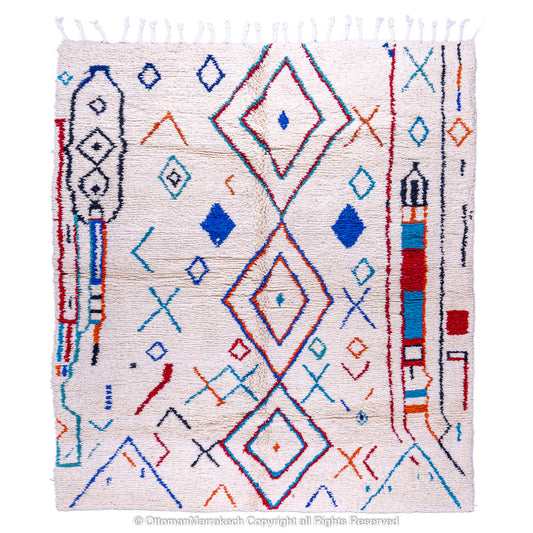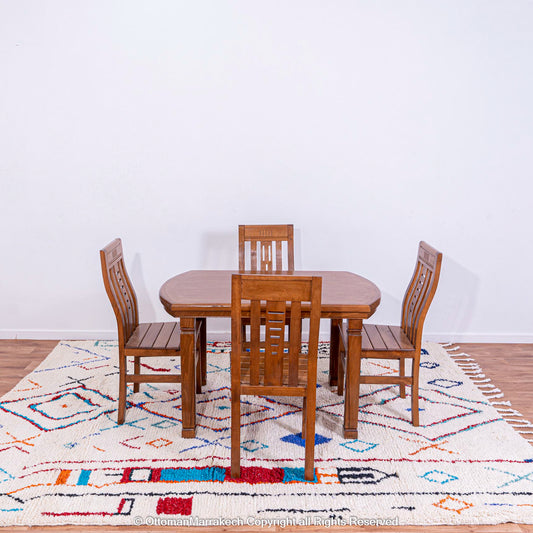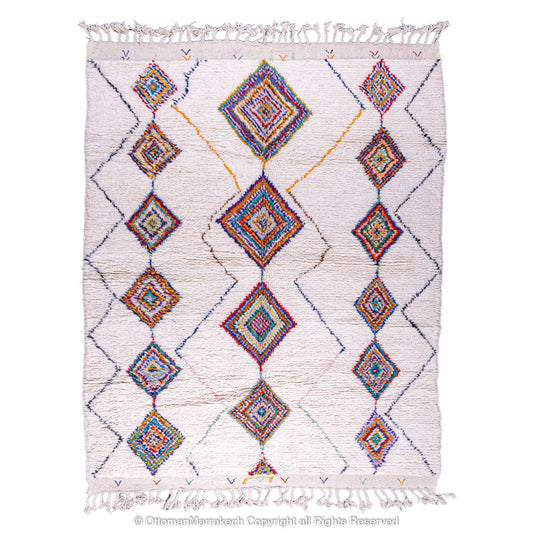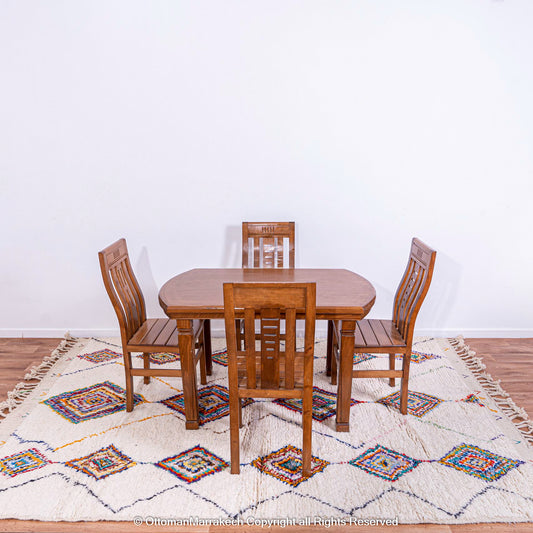Moroccan Leather Processing Craft
OTTOMANMARRAKECH works intimately with experienced artists to create custom Moroccan handmade crafts that celebrate the national culture and heritage. It is the leading marketplace to discover Moroccan crafts at a reasonable price. OTTOMANMARRAKECH offers fez, rugs, poufs, and decorative items that shall be great additions to your home. Bohemia Marrakech uses Moroccan leather to construct its products. We aim to provide you with the leathering process and the inspiring Moroccan leather that will have you fall in love with the products for the second time.
How is Moroccan Leather made?
Traveling to Morocco is a lifetime revolutionary experience. It opens you to new experiences, food, culture, and most importantly, the local décor. Whether you are traveling to Casablanca or Marrakech, the scenery is filled with views of these local products. Moroccan handmade crafts are locally produced without any processed additions. And to truly appreciate these products before you take them home is to understand how they are made.
1. Collecting the Skins
The first step is collecting the skins. Moroccan leather uses tanning from sheep, camel, cow, and goat to collect the hides. These skins are put into groups based on animal skin and use. The skins are soaked in stone vats afterward. Sheep and goatskin are more readily used. Camel skin is used in exclusive products as it hits the more expensive mark. Camel skin is well known for its long-term use and incontestable quality.
2. Curing the Skins
Secondly, the skins that arrive in the tannery are covered with hair, fat, and skin. Moroccan leather comes from not so luxurious process, although it may feel and seem like one when the final product is displayed. The natural fat and hair are now removed. This is achieved using a mixture of lime, animal urine, pigeon excrements, water, and salt. The stripping process continues until the skins are ready for the next step.
3. Coloring the Skins
In the next step, the skins required for Moroccan leather are ready to be dyed. They are left to soak in huge containers filled with natural dyes. These vibrant, colorful dyes are made out of saffron and henna and, sometimes, poppies. Bell pepper or red poppy makes the red dye, rose for pink, and henna is used to dye the skin orange. Indigo makes blue dye, and mint help to dye the skins green. The yellow color is achieved by mixing pomegranate with saffron, and black dye is made with henna mixed with sugar. All colors are organics to maintain the natural properties of the skins. The scene of working the skins with vats filled with dyes is very individualistic and cultural to the Moroccan landscape.

4. Drying the Leather
After the skins have successfully absorbed the dyes, they are left hanging in the extremely hot sun. The skins are hung on washing lines or left on the roofs of houses. Moroccan leather process is very organic. It may seem very uncivilized for westerns that are used to mass industrial practices.

5. Moroccan Leather Preparation
Leather curing is a very patient process. Since the process is slow and natural, the desired result takes time to achieve. The natural tanning and curing of the skins result in delicious soft leather texture with rich pigmentation.
Moroccan Leather Products
Once the colors have set and the skins have dried, they are used to create the following Moroccan crafts:
- Leather skins are used to create embroidered sound slippers for women
- Moroccan handmade crafts include leather handbags and cases with vibrant custom-colored patterns.
- Other Moroccancrafts include wallets, hats, and ottomans. These are particularly popular among tourists.
- Moroccan crafts such as babouche slippers are created using Moroccan leather with fine detail work. These slippers are locally called Fez, and they are constructed with the same dyed color of the skins. Moroccan leather does not contain any artificial dying process. The production process is a celebration of the natural construction of Moroccan leather.
Moroccan Leather History
The construction of Moroccan leather is an ancient craft. It originates from the mythical city of Fez. The tanning and dying processes date back to the sixth century. Some of the processes used in Moroccan leather and Moroccan crafts were adopted by Greeks and Romans mostly for their efficiency and long-term curation techniques.
Interestingly, the processed Moroccan leather has been used in the Western world as book protectants because of its glide and durability. It was also used earlier in the Islamic world for the same purpose.
Each city has a different hand layout in embroidery and construction, but this does not compromise the authenticity of the Moroccan leather products.
Leather tanning has been a long-standing tradition in the East. Marrakech is the most prominent city to host these practices and tanning businesses. You can also find this craft in other cities of Morocco and Tunisia.
Contribution of Moroccan crafts to the economy
The leather business is responsible for generating huge revenue for the economy. Moroccan leather crafts are second place exports after Moroccan rugs and carpets. Moroccan handmade crafts hold a very dear place in the Moroccan trade and their national history.
Almost ninety percent of Moroccan leather and Moroccan handmade crafts are exported to the European countries, with France at the top of the list. Other countries that follow suit are Spain, Germany, Italy, and Britain.


The Moroccan leather industry employs three forms of business. These are the tanners, the skin traders, and dyers. Some cities host these entire chains, and they are evidently working to export quality Moroccan handmade products.
About Us
If you are a leather fanatic, then our store is for you. Our store is constantly introducing new Moroccan handmade crafts, so follow the official Instagram, Facebook, and Pinterest accounts. Bohemia Marrakech also accepts payment through Amex, Apple Pay, MasterCard, PayPal, and Visa. All orders receive their destination in three to seven business days. The heavier products are advised to ship through trucking company and freight services to maintain their quality and shape. Any additional changes lay on the recipients as custom laws are different, crossing individual territories. The customs department will contact you for further information.




1 comment
We really like what you are doing in offering these genuine products. It would be great to see some mens slippers and more bag options. Continue with the good work! Cheers